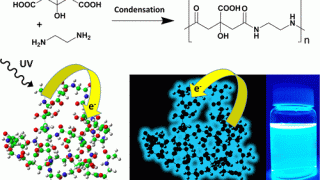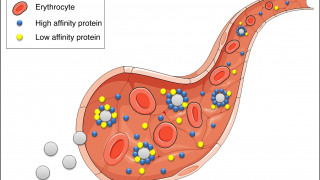
Self-knotting bionic proteins
Some heteropolymers can be designed to spontaneously self-assemble in complex pre-determined knotted structures. In the past, we referred to such designable heteropolymers as “bionic proteins”. Here we present an extensive study on self-knotting bionic proteins. As our everyday experience with ropes teaches us, knots form spontaneously in polymer chains of sufficient length and flexibility have […]








